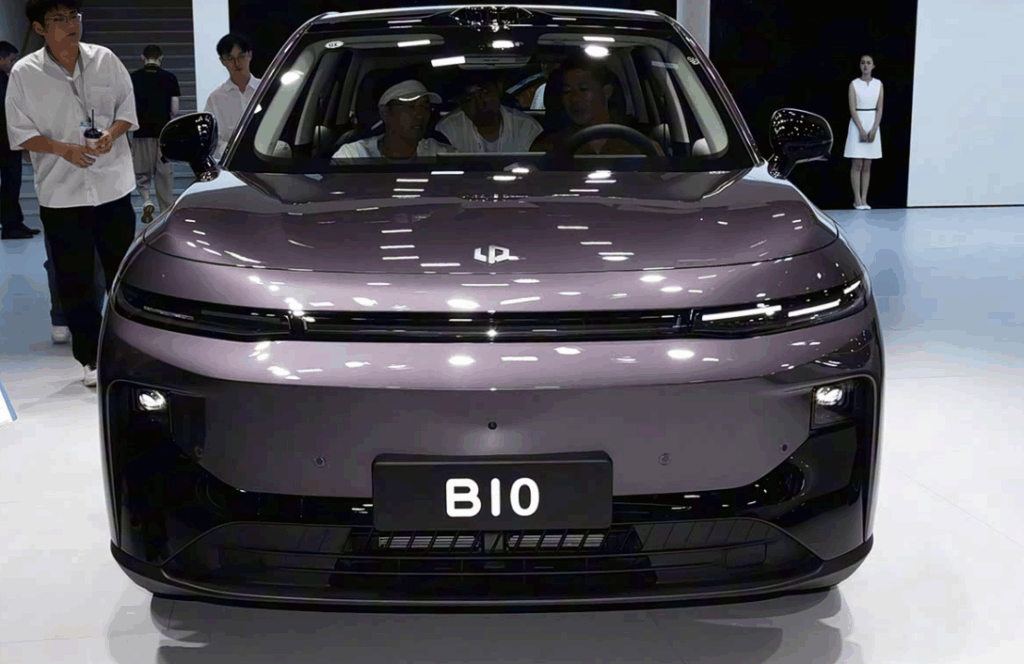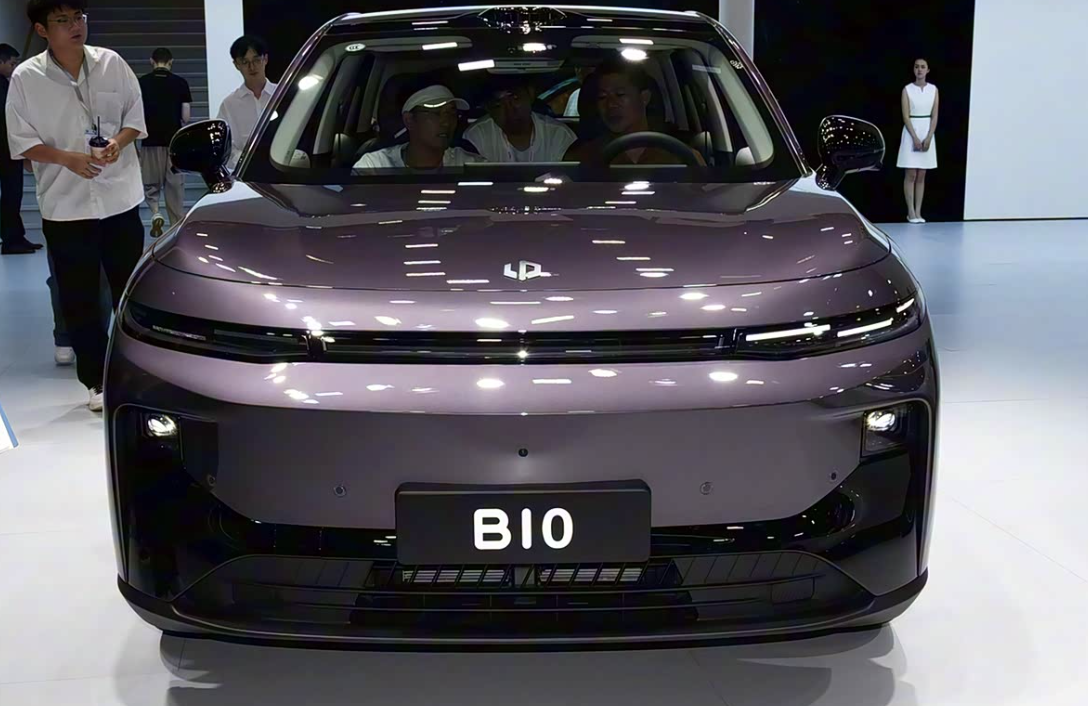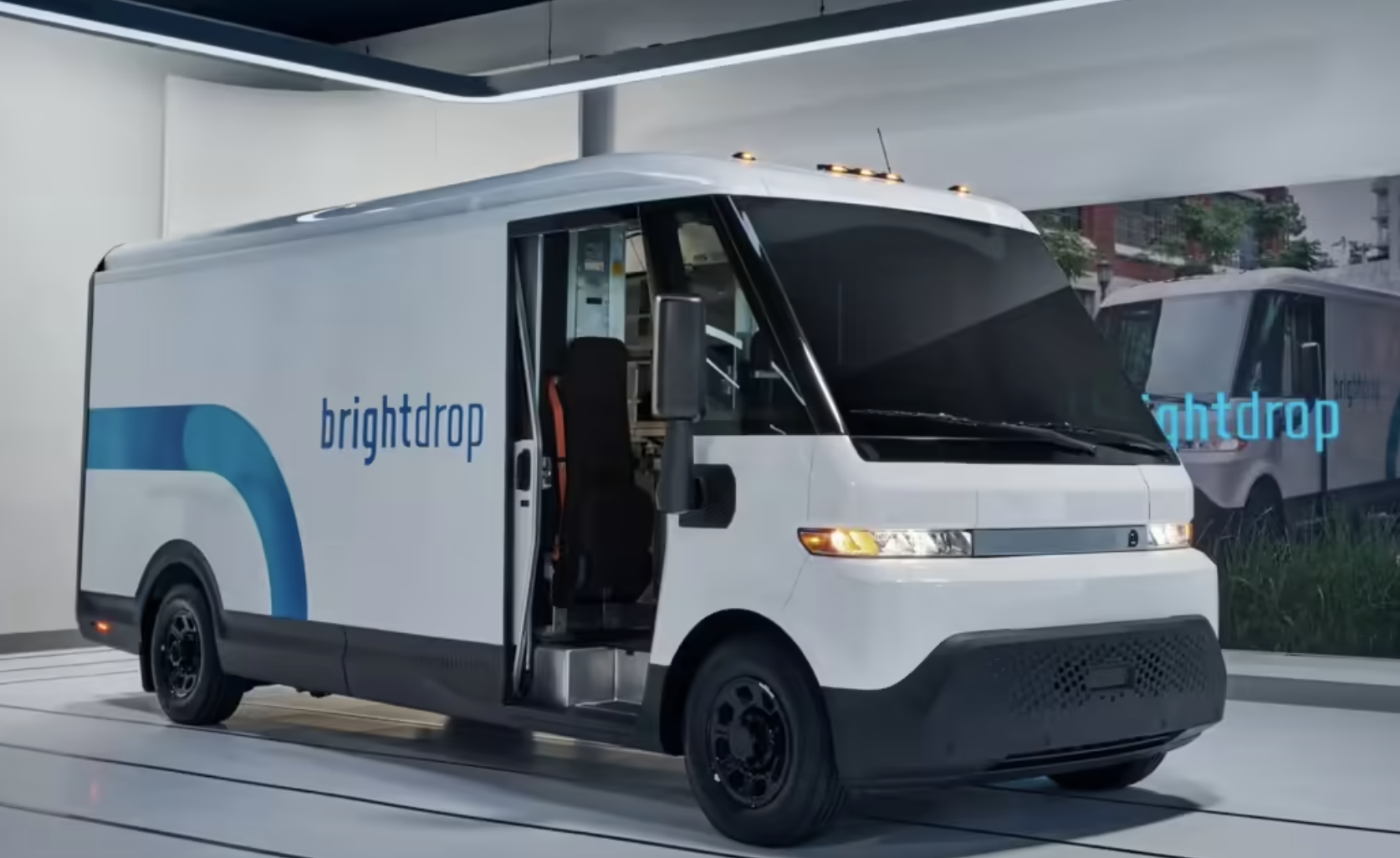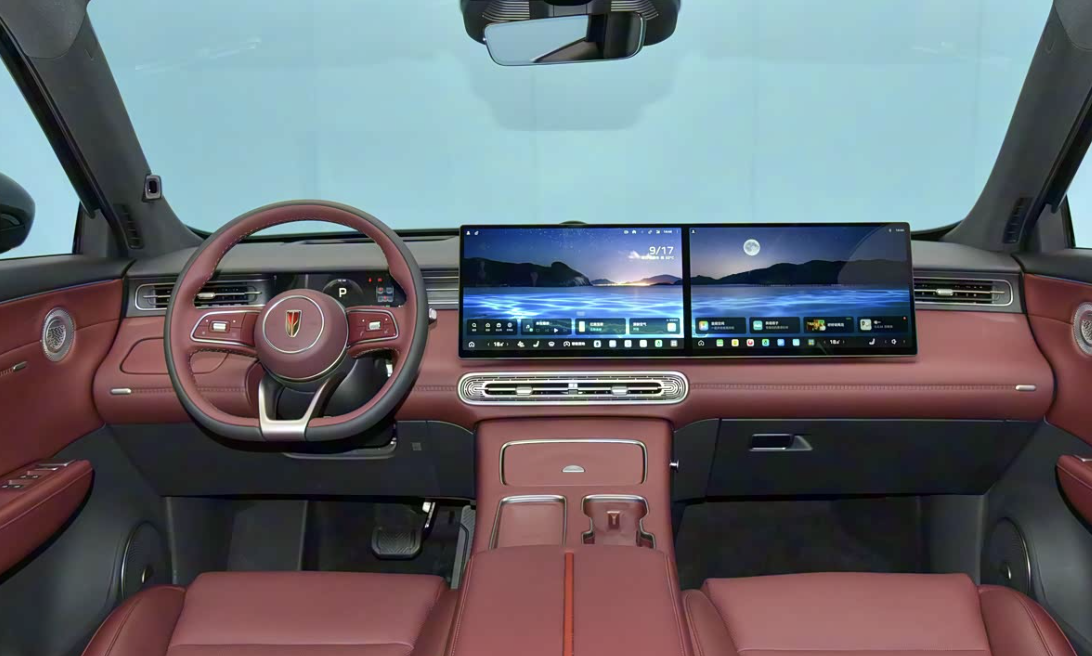According to foreign media reports, in order to boost the sales of electric vehicles in the European market, Opel, a subsidiary of Stellantis, is considering adding the Leap B10 as a low-cost C-segment electric SUV to its product lineup to avoid high development costs. However, Stellantis, Opel, and Leap Motors have not yet commented on these rumors, and it is unclear whether Opel would make any adjustments if they were to introduce the Leap B10. It is predicted that Opel would likely make certain modifications to the Leap B10, such as adapting the Blitz logo and Vizor grille to align with the brand’s identity.

For Opel, independently launching electric vehicles in the European market would involve significant transformation costs. Additionally, electric vehicle prices in Europe are high, and the charging infrastructure is not yet well-developed. In the past two years, many car manufacturers have announced the withdrawal of their previous electrification targets, and Opel also announced in August this year that it would cancel its goal of full electrification by 2028. Beyond market factors, Stellantis, the parent company, would also face challenges in providing sufficient R&D support. Against this backdrop, incorporating some Leap products into Opel’s product system is arguably the most direct and efficient solution.
The Leap B10 is a compact SUV from Leap Motors, which officially launched in China on April 10, with prices ranging from 99,800 to 129,800 yuan. As the first model on the Leap B platform, the Leap B10 is built on the LEAP 3.5 technology architecture, with dimensions of 4515/1885/1655mm (length/width/height) and a wheelbase of 2735mm. It features an 8.8-inch LCD instrument panel, a 14.5-inch floating central touchscreen, Qualcomm 8295 chip, Leapmotor OS 4.0 Plus interaction system, and an AI voice assistant. It supports screen projection ecosystems such as HUAWEI HiCar and Carlink. In terms of power, the Leap B10 is fully electric, with two motor options: 132 kW and 160 kW. All models are equipped with a 56.2 kWh battery pack, offering a CLTC range of 510 km. The Leap B10 has already launched in Europe, with a starting price of 29,900 euros (about 247,000 RMB).
Compared to Leap Motors, Opel has significantly higher brand recognition in Europe, with over 100 years of history. Once the Leap B10 is rebranded and launched as an Opel model, sales are expected to increase substantially due to Opel’s well-established brand presence and extensive sales network in the European market. For Opel, the rebranded B10 would help the brand secure a foothold in the electric SUV market, improve its image in the electric vehicle sector, and increase its market share. In the long term, the collaboration between Opel and Leap Motors has vast development potential. If this rebranding partnership is successful, it is possible that both companies may deepen their cooperation in the future, launching more rebranded models, or even exploring full-scale collaboration in technology R&D and manufacturing. This would accelerate Opel’s electrification transformation and help Leap Motors achieve greater breakthroughs in international markets, becoming a model for win-win cooperation in the global automotive industry. Of course, all of this is based on the authenticity of the rumors regarding Opel’s potential rebranding of the Leap B10, and no official statement has been made yet.
In October 2023, Stellantis acquired a 20% stake in Leap Motors for 1.5 billion euros. The two companies formed a joint venture called “Leap International” with a 51:49 equity split. The joint venture was officially established in May 2024. In September 2024, the Leap C10 and T03 were officially launched in Europe. Thanks to Stellantis’ channel capabilities, Leap Motors now has over 300 stores in Europe. By 2025, Leap International will have built more than 400 service points, and with both the Leap T03 and Leap C10 available in the European market, it is expected that by the end of 2025, the number of retail locations



